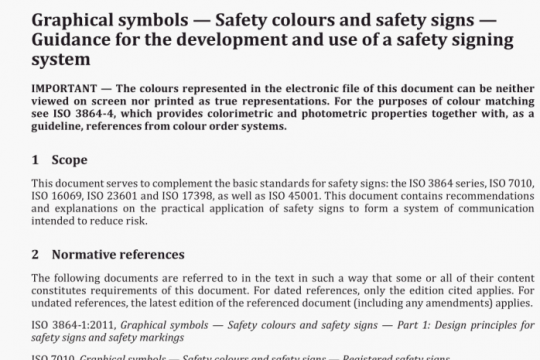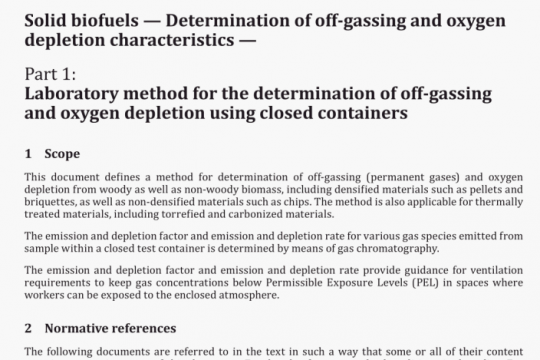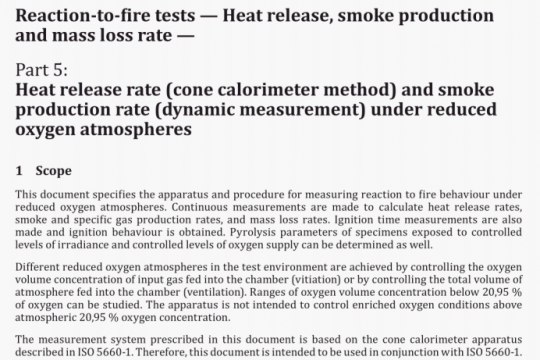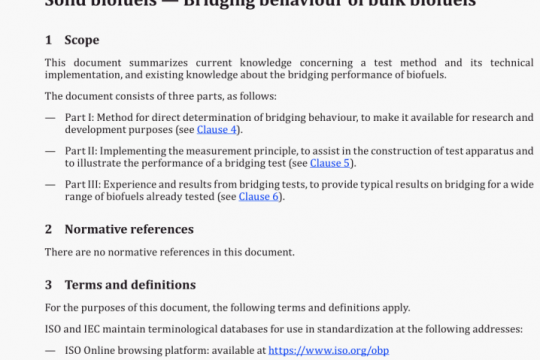ISO 56005 pdf free download
ISO 56005-2020 pdf free download.Innovation management一Tools and methods for intellectual property management – Guidance.
4 IP management Framework
4.1 Understanding the organization and its context
The organization should determine external and internal issues and considerations that are relevant
to its organizational objectives and that affect its ability to achieve its intended IP strategic objectives.
The organization should:
a) scan and analyze the external environment, considering issues related to the following: a) areas such as market, culture, technology, legal, regulatory and political aspects; b) geographic scope:
whether international, national or regional; c) time horizons – short, medium, or long term; d) potential opportunities and threats, such as opportunities through collaborators or threats from competitors;
b) analyze its internal environment in terms of business and innovation strategies and types of IP assets of the organization, while considering issues related to: a) the business and innovation vision, strategic direction, existing management practices; b) the business and innovation objectives and planning to achieve them; c) existing IP owned by the organization or licensed to or from others; d) process and resource strengths and weaknesses that can impact achievement of intended IP objectives; e) cultural aspects such as values, ethics beliefs, history, observed behaviours, attitudes, and commitment at various levels of the organization;
c) identify interested parties (internal and external, current and future), that are relevant to IP management in innovation, and determine their relevant needs, expectations. and applicable requirements.
4.2 Establishing systematic IP management
IP management should take into account the activities, processes and supports that are required, how they interact, and how continuous improvement can be achieved in accordance with this document.
In the context of IP management, the organization should decide whether to make an innovation outcome publicly available without restriction or whether to protect it. If the decision is made to protect the innovation, then the different forms of IP protection (e.g. copyright, trade secrets, trademarks –see Annex B) should be considered. IP management should also account for the fact that IPRs can provide a ‘positive’ rights (rights to use what is protected) and ‘negative’ rights (rights to exclude third parties from using what is protected) to the owner. This can depend on the type of IPR in question.
The organization should also provide measures to manage both, the potential positive and negative aspects of lP and IPR.
4.3 IP management responsibility
4.3.1 Leadership and conimitment
Top management should ensure that the responsibilities and authority for relevant roles are assigned and communicated within the organization.
Top management should demonstrate leadership and commitment with respect to IP management by:
a) ensuring lP policy and objectives are established;
b) establishing and implementing an IP strategy which is aligned with (and supportive of) the innovation strategy;
c) ensuring the established IP policy and objectives are aligned and evolve with the strategic direction of the organization;
d) ensuring that the integration of IP management activities into the organization’s innovation processes;
e) ensuring the resources and capabilities needed for IP management as needed;
f) communicating the importance of effective IP management throughout the organization;
g) ensuring that IP management achieves its intended outcome(s);
h) directing and supporting persons (e.g. sustained training and education in lP) to contribute to the effectiveness of IP management;
i) promoting continual improvement of the management of IR
4.3.2 Organizational roles and responsibilities
IP management responsibilities related to innovation should include:
a) establishing appropriate activities and related support for managing IP;
b) defining what innovation outputs should be made publicly available without restriction, or else protected, and if so, when, how (e.g. patent, copyright, design, trademark or trade secret) and where;ISO 56005 pdf download.




